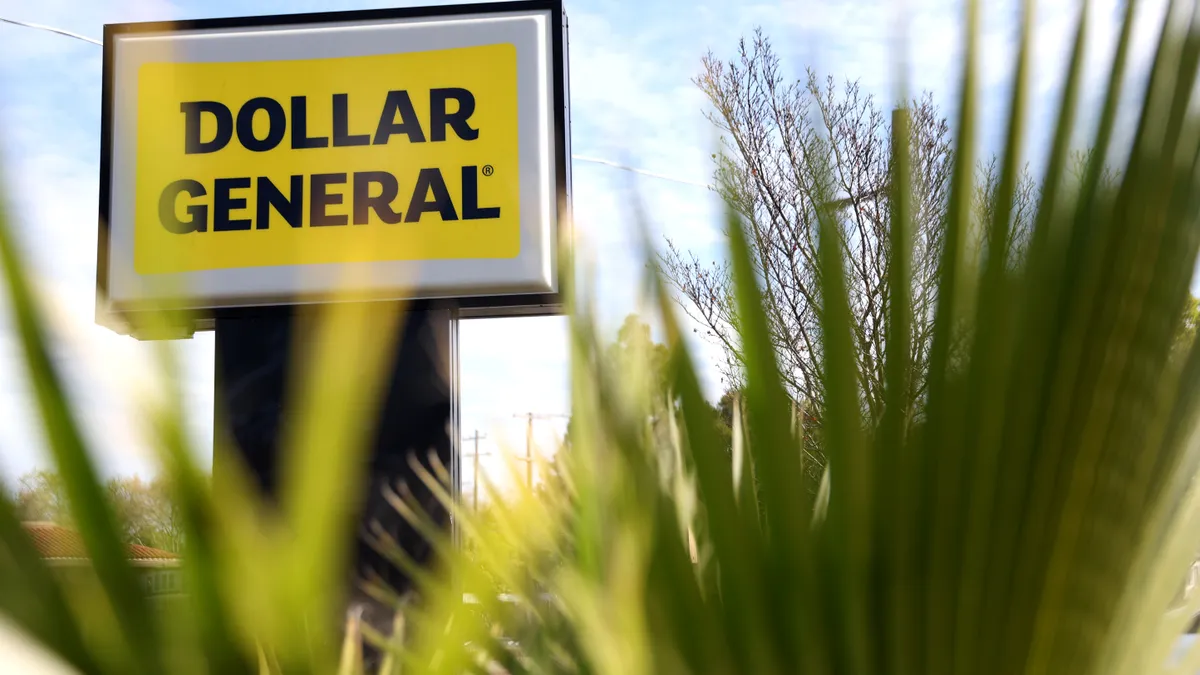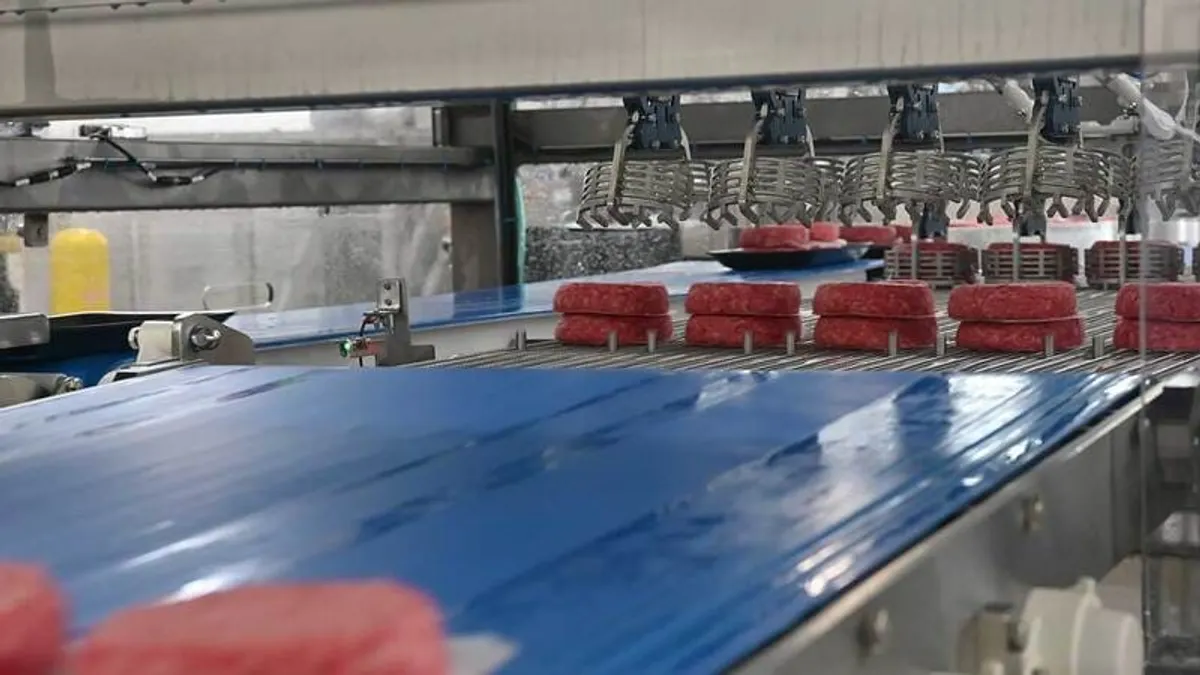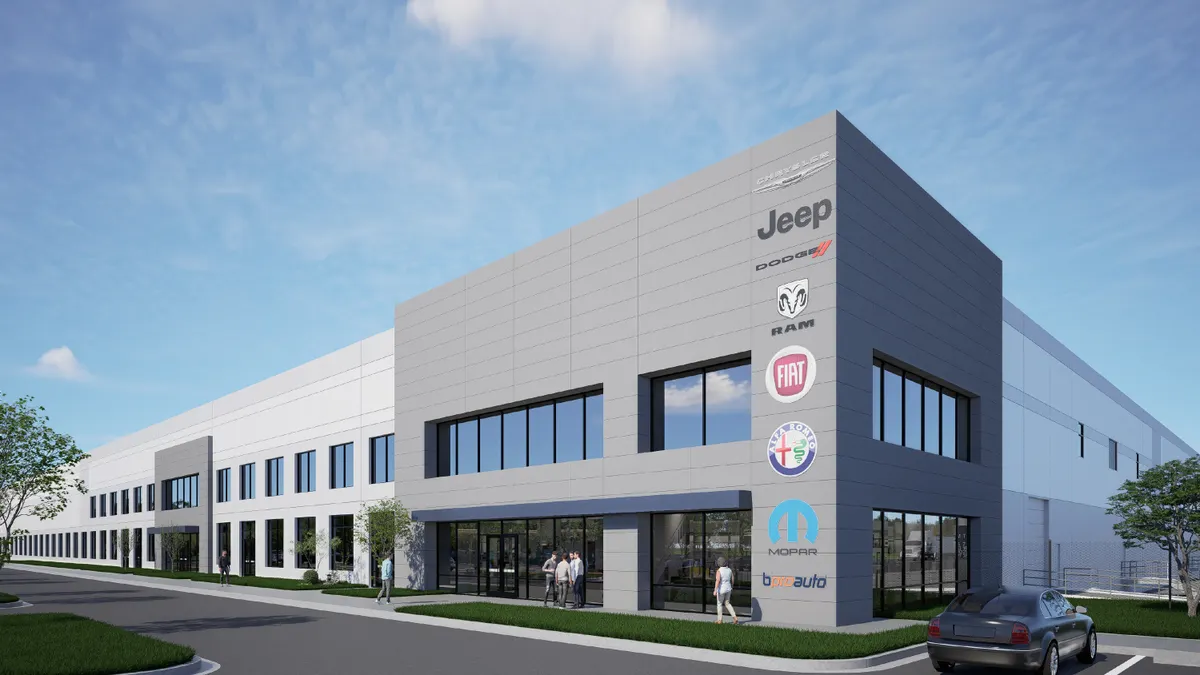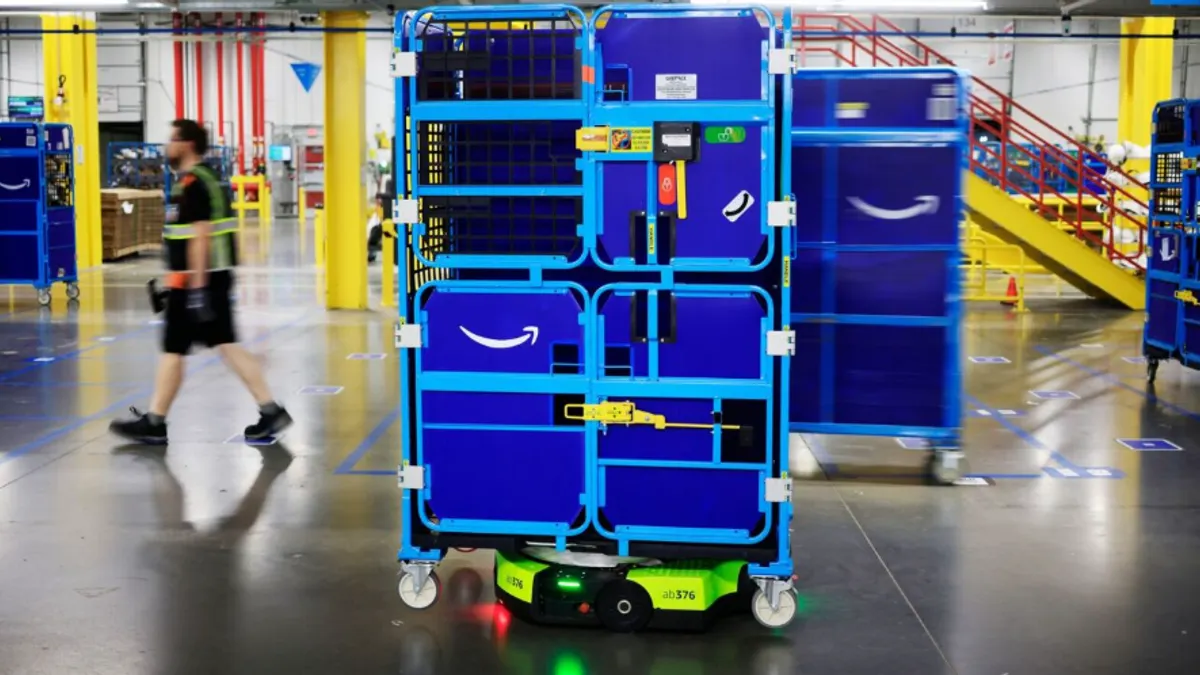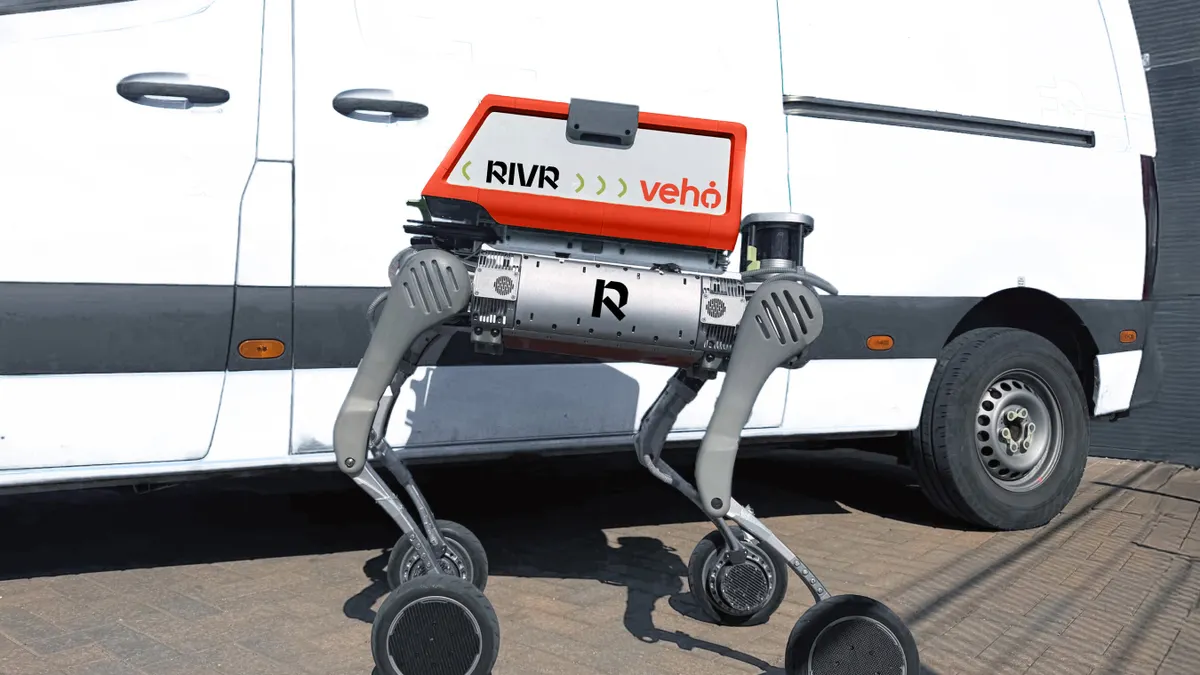Driven by e-commerce, generous return policies and new consumer expectations, retailers and manufacturers are receiving more returned merchandise than ever. While returns have historically been a necessary cost of business, the growth in volume has encouraged more players in the supply chain to improve the speed, efficiency and cost of their reverse logistics.
"Everyone is feeling the pain of returns," Joe Hsu, director of solutions at Optoro, told Supply Chain Dive. "If anything, suppliers have it the worst. They have all the stuff coming back through the retail and e-commerce channels, plus the goods coming back from the wholesale customers."
Here are four strategies suppliers are adopting to improve their reverse logistics:
1. New return and repair policies
Retail is currently experiencing a "tsunami" of returns, according to Tony Sciarrotta, Executive Director of the Reverse Logistics Association.
His organization estimates more than $550 billion worth of returns move through the economy per year, with half being sent back to suppliers and manufacturers. "Many companies are making it easier for the customer to return and they’re using it as a competitive advantage," Ciarrotta told Supply Chain Dive. "The e-ecommerce side is increasing returns dramatically."
While generous return policies are a competitive necessity in today’s retail environment, retailers are also taking more steps to minimize the abuse of those policies. The Wall Street Journal reported in May that some Amazon customers who have returned too many items have had their accounts closed without warning.
Both manufacturers and retailers are also empowering customer services associates to also make returns more efficient. For some smaller, low-cost items, they’re no longer asking consumers to return old products or components as it’s less expensive just to ship out a replacement, Sciarrotta says.
2. More collaboration with retailers
Manufacturers and retailers are also taking a closer look at their vendor agreements, said Hsu.
While price has often been a point of dispute, many are also re-evaluating their return policies. "[Manufacturers] generally don’t like processing returns from retailers. There is a lot of overhead and disputed of those returns from their wholesale customers," Hsu said.
Returns are a major issue in the electronics industry where they now top $10 billion per year, according to the Consumer Electronics Association. Figuring out what to do with all these returns has been a growing challenge for both retailers and manufacturers.
In the past, consumer electronics manufacturers would take back everything because they wanted to protect their brand and feared they would end up anywhere, Sciarrotta said. But today, many electronics manufacturers now offer retailers such as Walmart, Best Buy and Target allowances to liquidate the items.
The collaboration eliminates any additional responsibility on manufacturers’ behalf. Companies such as goTRG and B-Stock Solutions offer reverse logistics solutions they say can boost recovery rates, reduce dependence on liquidators and automate the process of disposition.
"They’re taking boatloads of these returns that are being sold to them and turning lemons into lemonade," Sciarrotta said. "At least 95 percent of this stuff now gets resold."
3. Optimizing processes with data
Many manufacturers are now looking to new platforms and reliable third-party partners to sort, process and resell or dispose of returns, said Hsu. Retailers and manufacturers are also looking to partners who can help them process returns more cheaply and partners that can liquidate and handle the inventory. A common strategy is to outsource some, if not all, reverse logistics operations to a 3PL.
"They’re looking to focus on growing their business while finding people who can process returns and do it better," Hsu said. "The baseline is low so there is room to increase profits and reduce costs in returns."
Many manufacturers are now using IoT, sensors and connectivity to monitor, troubleshoot or repair products in the field and minimize the need for consumers to send products back, Sciarrotta said.
Others are also designing their connected products with software and operating systems that can be updated or troubleshooted from anywhere. Some are also using easy-to-replace hardware and components that can be sent to consumers for self-repair.
On the backend, manufacturers and retailers are also trying to make better use of data to predict the flow of returns. Data they track can include the volume of returns, condition of the products and reason for return, the percentage of sales and the dollar amounts.
"You can better predict a volume of returns. The problem is you can’t always predict is what condition they’ll be in," Sciarotta said. "You may not know until [you receive it]."
4. Rethinking logistics and transportation
As more consumers buy products online, transportation costs are on the rise. According to the annual State of Logistics report by the Council of Supply Chain Management Professionals, logistics spending topped $1.5 trillion in 2017.
Processing returns for big items such as furniture, large televisions or equipment, can be even more challenging and costly for manufacturers, said Len Batcha, President of Technical Transportation, Inc.
One strategy suppliers are using to reduce costs and improve efficiency is to combine delivery and pickup. "We’ve always used that as a marketing technique for our organization to be able to minimize our customer shippers’ expense by being able to perform a new delivery and return at the same time," Batcha said. "You’re already [at the location]."
They’re also looking to new infrastructure either by expanding existing facilities or opening Centralized Return Centers to improve the efficiency of returns. Researchers at Arizona State University said in a recent report it’s a common path as having both under one roof will always have forward operations optimized. And in facilities with only a few dock doors and limited space, incoming returns are often processes slowly and mishandled.
"With the increase of consumer purchases online, the volume of returns has increased. It is likely that firms will need to address the growing number of returns by finding "drains" where they can resell returned and slow-moving product," the researchers said.



